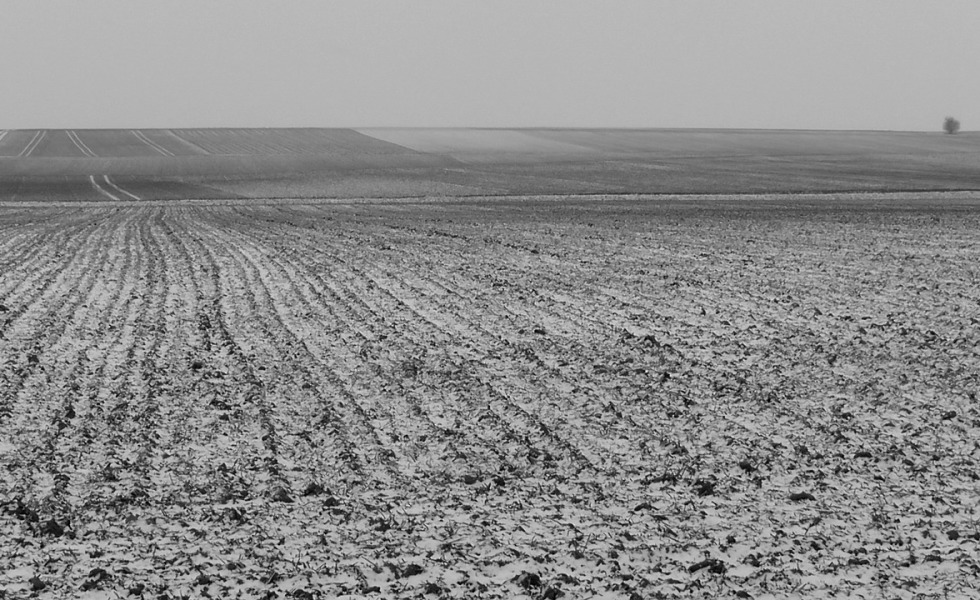Pod Save the American Farm
Posted on January 3, 2022

It’s an ever more uncomfortable fact for journalists like me that 67 percent of today’s media-consuming Americans do not have one paid-for subscription to anything.
Even more striking, 87 percent of the Baby Boomer generation–we of gray hair and paid subscriptions–use free, electronic media like Facebook, Twitter, and podcasts everyday. Only Gen Z, the 18-to-25 year-old youngsters who actually remember their website passwords, use social media more.
That describes me to a T: I have a dozen paid print subscriptions and two dozen free electronic subscriptions to podcasts on everything from “The Lutheran Hour” (which, oddly for the fastidious Lutherans, is just a half an hour) to the BBC’s “Farmarama.”
The best of my current listening, however, is an ag podcast titled “Corn Saves America,” a fact-filled, compelling dive into the potential, profitability, and probability, of ag-aligned carbon markets through, what its writer and host, Sarah Mock, explains, “the lens of corn ethanol.”
The series–there are nine episodes varying in length between 40 and 60 minutes each–is an audio history of what we’ve learned in the rocky, 40-year marriage of broad environmental goals like clean air to far narrower farm needs like value-added markets and better incomes.
Those lessons serve as a yardstick to measure the next big environmental-ag policy push, carbon sequestration. Mock, and the pod’s full-time sponsors and part-time contributors, Brent Gloy and David Widmar of Agricultural Economic Insights, or aei, are clear-eyed in their reporting and even-handed in their analysis of ethanol’s slow start in the 1990s, its gold rush in the 2000s, and now, its likely peak.
But the series isn’t the fuzzy, “we persevered” success story offered by farm group officials, ethanol executives, and commodity association lobbyists who have so often mixed thin facts with thick fiction that few policymakers now know what government’s role could be in the rush to sequester carbon.
Not so for Mock and the aei crew; they bring several well-connected contributors to the fore who played critical roles in ethanol’s fast rise. Many tell compelling stories of political intrigue, changing geopolitics, and fast market moves that often had nothing to do with farmers, farm groups, or farm politicians but everything to do with getting the fuel in millions of American cars. It’s one side of the ethanol origin story that few have ever heard.
More importantly, these experiences with building, expanding, and then riding the biofuel boom give them unique insight into what to expect when–or even if–the farmers ever partner with carbon emitters. They have many questions.
For example, should a sequestration program be voluntary, as most farm groups suggest. If so, who establishes its rules for fairness, accuracy, and whether it even works–the U.S. Department of Agriculture, private business, farm groups, a new government agency?
Even before then, though, “…while everyone is figuring out how to sequester carbon,” say Mock and the aei economists, many interested players are “still trying to figure out what all this means to commodity prices, land values, and farm business in general” given today’s “financial, political, and climatic uncertainties.”
Again, while no one knows, ethanol can provide some insight. When the Bush Administration lit a fire under biofuels with the 2005 and 2007 Renewable Fuels Standards they brought government’s biggest blowtorches to the party: mandated blending levels, import tariffs to wall off cheaper imports, and generous tax breaks to encourage investment and usage.
But no one in either the federal government or the private sector is calling for anywhere near that level of heat in any carbon sequestration program today. Why, Mock asks the experts, when everyone knows we don’t have an ethanol-like 40 years to design, fund, and put into action any carbon sequestration plan.
Or do we?
I can’t say because I’m only five episodes into the deeply-researched and well-written “Corn Saves America” that is delivered to me for free. What a delicious–and worrying–treat.
© 2021 ag comm
Share This